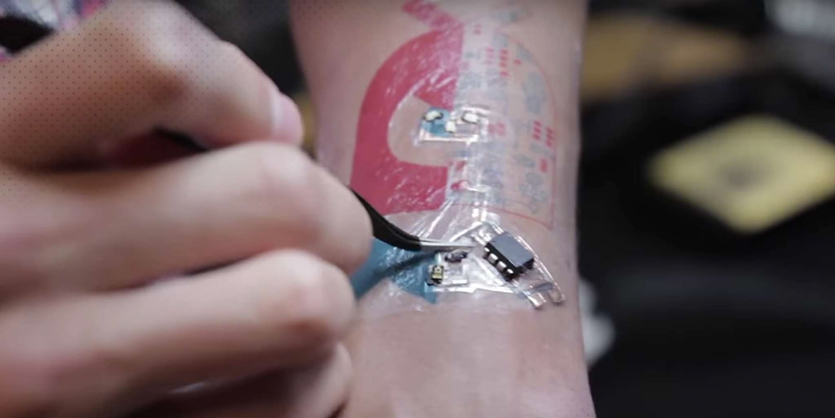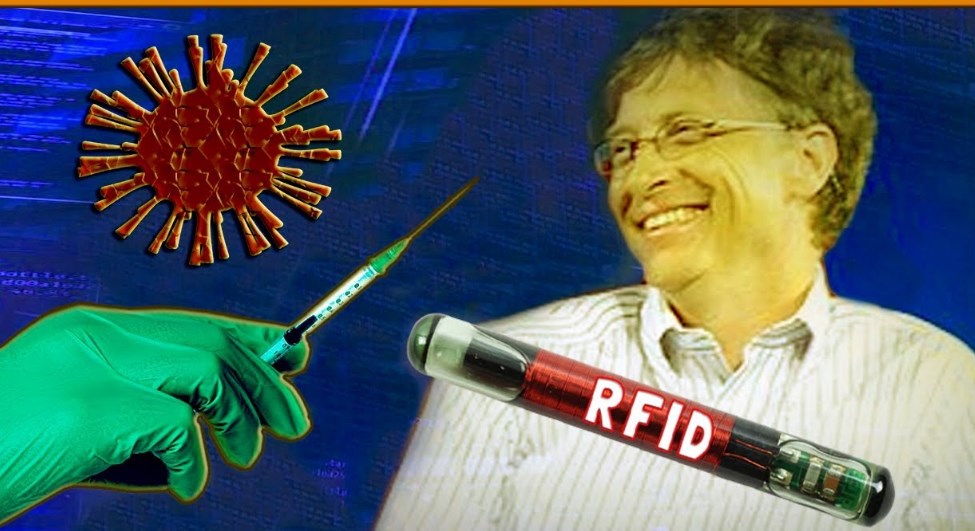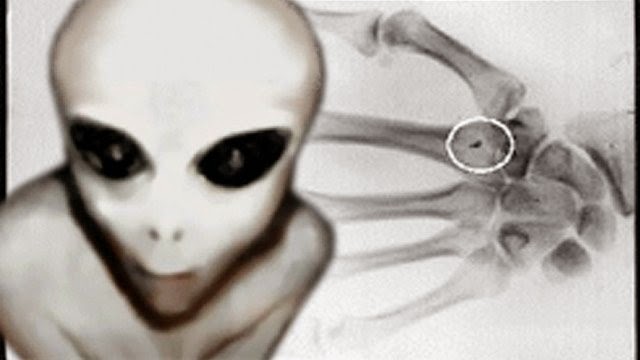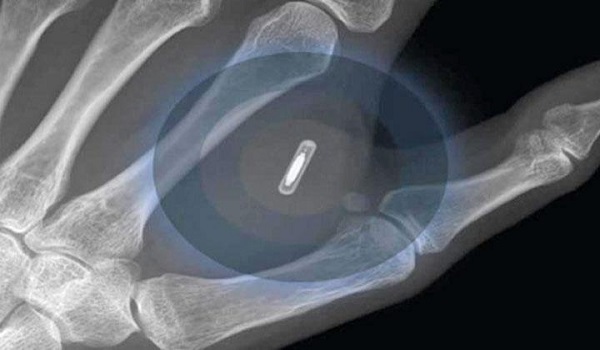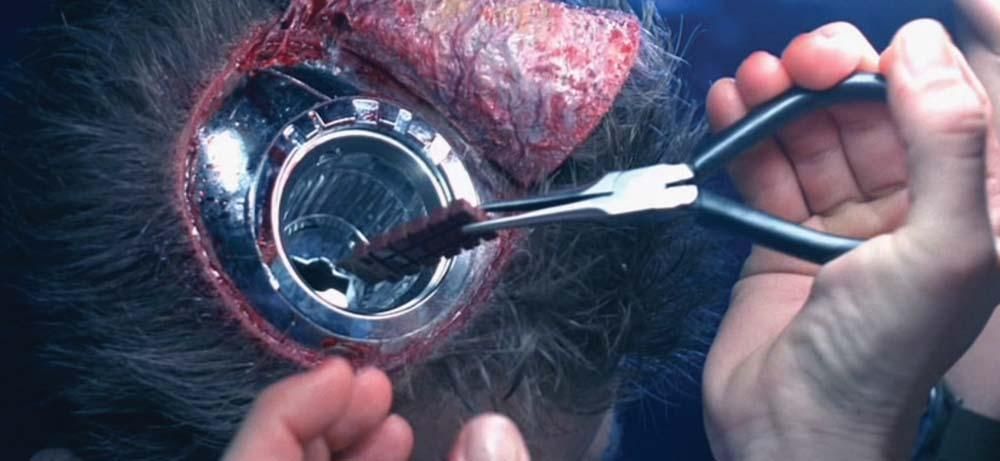BBC has published a report that confirms even the most extreme conspiracy theories, as it refers to a microchip that is “implanted” in the hand and with which you can pay without any interruptions.
Note that this is not the first time there has been a report on microchips, as in recent months there have been articles on microchip implants in which you can store all your documents, such as the Covid-19 certificate, however this is the first time such a technology is described as something normal.
The BBC report on the microchip
Patrick Paumen causes a stir every time he pays for something in a store or restaurant.
This is because the 37-year-old does not need to use a bank card or his mobile phone to pay. Instead, he simply places his left hand near the card reader and the payment is completed.
“The reactions I have from the cashiers are invaluable!” says Mr Paumen, a security guard from the Netherlands.
He is able to pay using his hand, because in 2019 they put a microchip of contactless payments under his skin.
“The process hurts as much as when someone bites your skin,” says Mr Paumen.
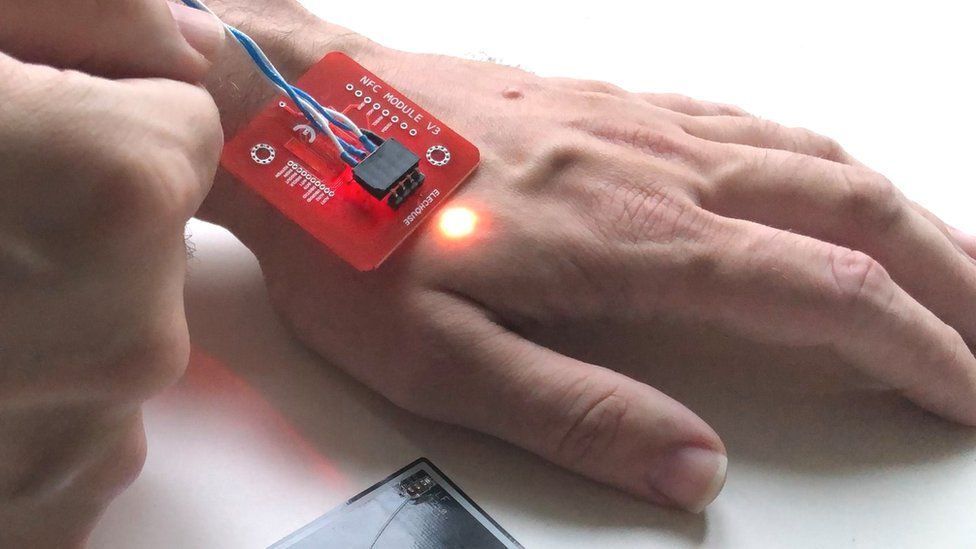
A microchip was first implanted in a human in 1998, but only in the last decade the technology has been commercially available.
As for implantable payment chips, the British-Polish company Walletmor says that last year it became the first company to offer them for sale.
“The implant can be used to pay for a drink on the beach in Rio, a coffee in New York, a haircut in Paris – or at your local grocery store,” says founder and CEO Wojtek Paprota. “It can be used wherever contactless payments are accepted.”
The Walletmor chip, which weighs less than a gram and is slightly larger than a grain of rice, consists of a tiny microchip and an antenna enclosed in a biopolymer – a material of natural origin, similar to plastic.
Mr Paprota added that it was completely safe, regulated, operated immediately after implantation and would remain in place. It also does not require a battery or other power source. The company says it has now sold more than 500 such implants.
The technology used by Walletmor is near field communication or NFC, the contactless payment system on smartphones. Other payment implants are based on radio frequency identification (RFID), which is a similar technology commonly found on physical contactless debit and credit cards.
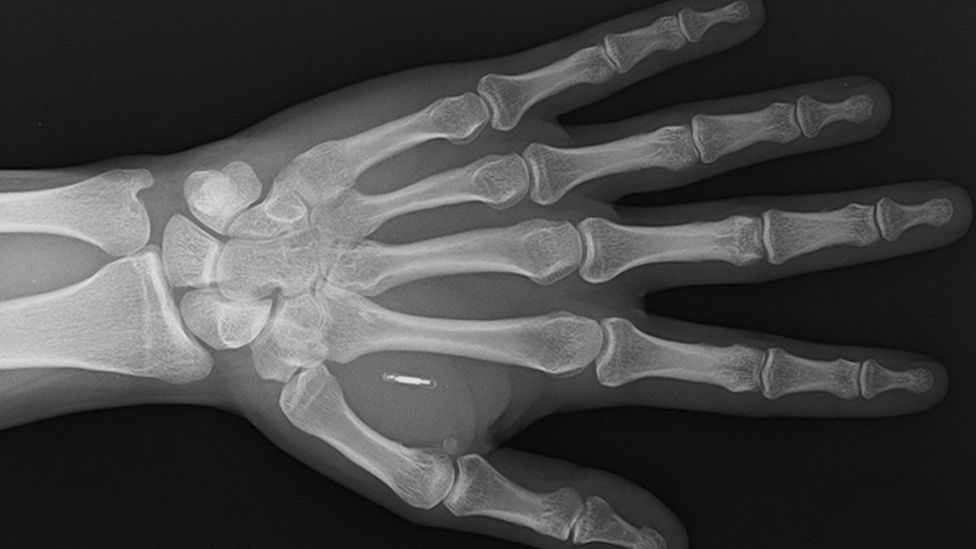
For many of us, the idea of implanting such a chip in our bodies is scary, but a 2021 survey of more than 4,000 people across the UK and European Union found that 51% would seriously consider this option.
Fifty-one percent of Europeans would put a microchip in their hand, the BBC reports
However, without giving a percentage, the report added that “privacy invasion and security issues remain a major concern” for respondents.
Mr Paumen says he has no such concerns.
“Microchip implants contain the same kind of technology that people use on a daily basis,” he says.
“The reading distance is limited by the small antenna coil inside the implant. The implant must be within the electromagnetic field of a compatible RFID [or NFC] reader. “Only when there is a magnetic coupling between the reader and the transponder can the implant be read.”
He adds that he is not worried that his whereabouts can be found.
He says that implanted payment chips are just “an extension of the Internet of Things”. By this he means another new way of connecting and exchanging data.
